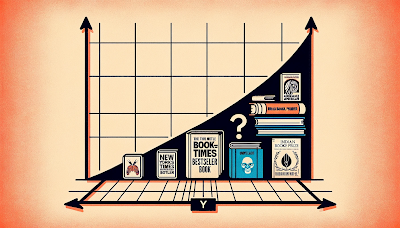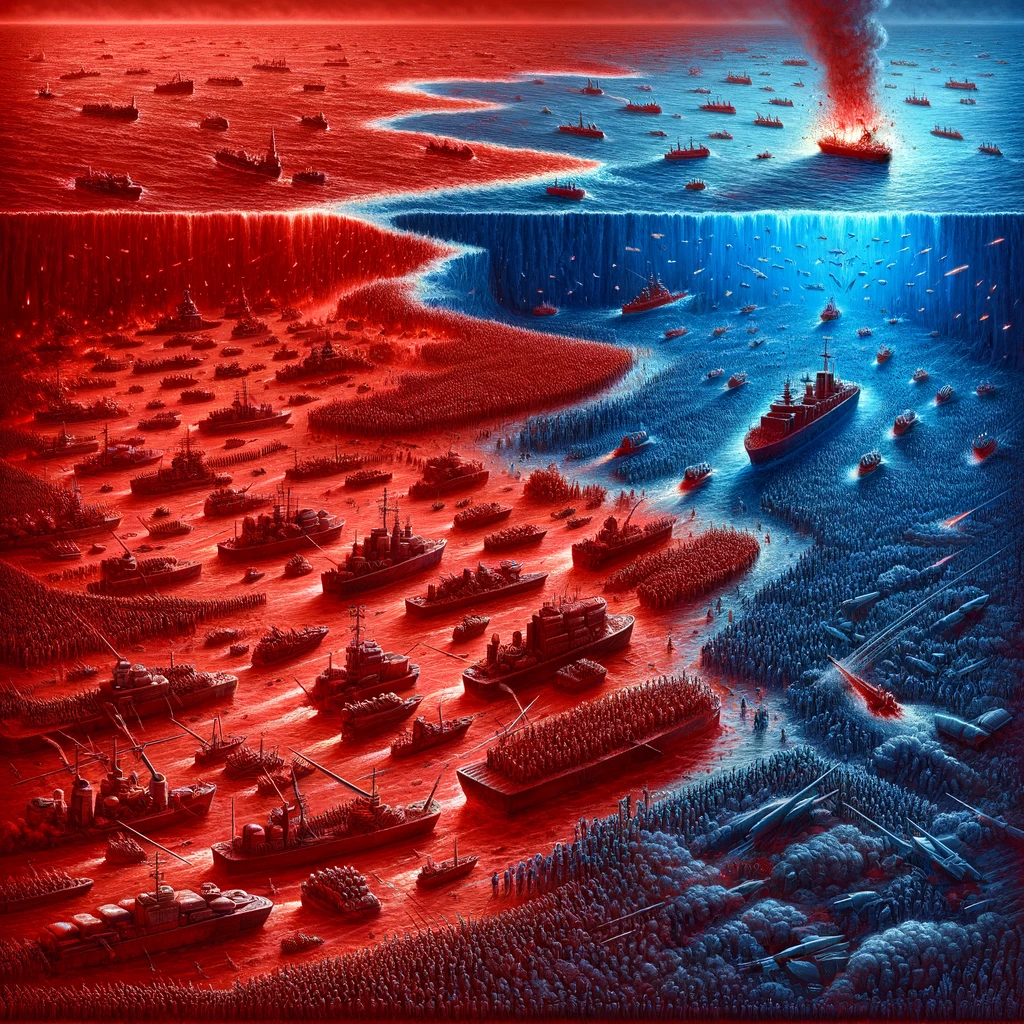Identifying the right set of features for a new product or service

In this chapter, an algorithm is given to identify the blue ocean. This is a divergence from disruptive innovation approach which does not tell you how you can identify an opportunity. The approach uses a few simple tools. First is to map out what they authors call a strategy canvas - basically a bunch of factors that a product or service competes on and where a particular brand stands there - high, medium or low. Let me illustrate this by taking an example of fiction novels in Indian market. If I were to list some of the factors, books compete on, they would be complexity of plot, complexity of setting, elegance of language, uniqueness of characters, novelty of theme, audience context and of course price. Two major best selling genres in India market were foreign commercial fiction and Literary fiction. Foreign commercial fiction would have high complexity of plot, high complexity of setting, medium language quality, medium uniqueness of characters, high novelty of theme, l...






